Disclosure: This article contains affiliate links. We may earn a commission from purchases at no extra cost to you, which helps our travel content.
Toronto, cette métropole fascinante, presents a captivating paradox: a concrete jungle harboring remarkable pockets of wilderness within its urban boundaries. As an engineer who has traversed remote landscapes from Mongolia's steppes to Papua New Guinea's highlands, I've developed an appreciation for finding nature's resilience in unexpected places. During my recent infrastructure consultation project in Ontario, I discovered Toronto's impressive 1,500+ parks covering 8,000+ hectares—roughly 13% of the city's footprint. This urban wilderness network offers accessible adventures without requiring the technical gear or remote travel typically associated with outdoor excursions.
Rouge National Urban Park: Canada's Wilderness Gateway
At 79.1 square kilometers, Rouge National Urban Park stands as North America's largest urban park—nearly 23 times larger than New York's Central Park by precise measurement. What fascinates me from an engineering perspective is how this park represents a brilliant urban planning achievement, connecting Lake Ontario's shoreline to the Oak Ridges Moraine through carefully preserved ecological corridors.
During my three-day exploration last summer, I followed ancient Indigenous trading routes now maintained as hiking trails. The park contains remarkable biodiversity: over 1,700 species including the endangered Blanding's turtle, whose shell architecture has inspired biomimetic engineering solutions in my field.
The Rouge Marsh, Toronto's largest remaining wetland, functions as a natural filtration system and flood control mechanism—an indigenous technology that modern stormwater management still struggles to replicate with the same efficiency. For comfortable exploration, I recommend a pair of waterproof hiking shoes as certain trails become muddy after even light rainfall, particularly near the wetland areas.
The Mast Trail section follows a 19th-century logging route where white pines were harvested for ship masts—a historical example of resource extraction that we can learn from when considering sustainable development today.
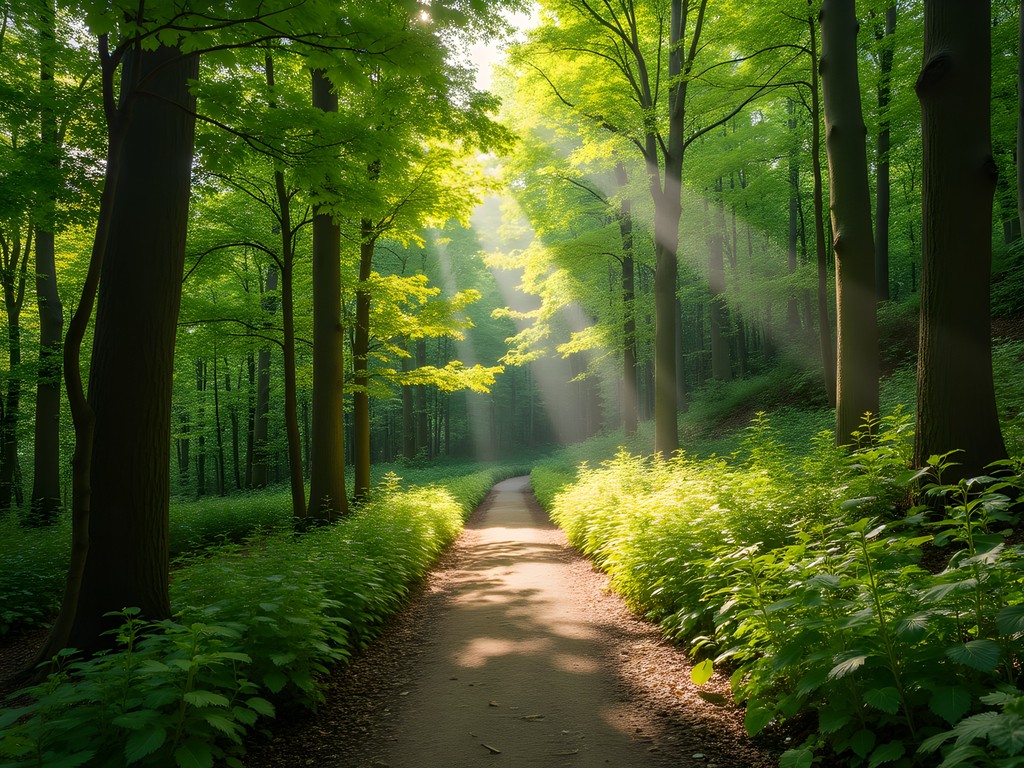
💡 Pro Tips
- Visit on weekdays to avoid crowds and enjoy better wildlife viewing opportunities
- Download the Parks Canada Rouge App for offline trail maps and ecological information
- Bring a reusable water bottle with built-in filter as water sources are limited in certain areas
Toronto Islands: An Aquatic Wilderness Experience
The Toronto Islands present a fascinating case study in coastal engineering and natural shoreline dynamics. This 332-hectare car-free archipelago sits just 1.6 kilometers from downtown yet feels worlds away—a testament to thoughtful urban planning that preserves natural barriers.
During my visit, I rented a kayak to circumnavigate the islands' 15 kilometers of shoreline. The experience reminded me of traditional Polynesian navigation methods my grandfather once taught me, reading water patterns and wind direction rather than relying on modern GPS. For those new to paddling, I recommend starting with a stable recreational kayak which offers excellent stability for beginners while still allowing you to access secluded areas.
The islands' ecological significance extends beyond recreation—they serve as critical migratory bird habitat and natural wave barriers protecting Toronto's harbor. The eastern beaches feature remarkable successional dune ecosystems with specialized plant communities adapted to shifting sands and fluctuating water levels.
Perhaps most impressive is how the islands demonstrate resilient infrastructure—during my engineering assessment, I noted how the natural wetlands and beach systems have adapted to Lake Ontario's changing water levels far more effectively than many human-engineered shoreline protections elsewhere in the Great Lakes.
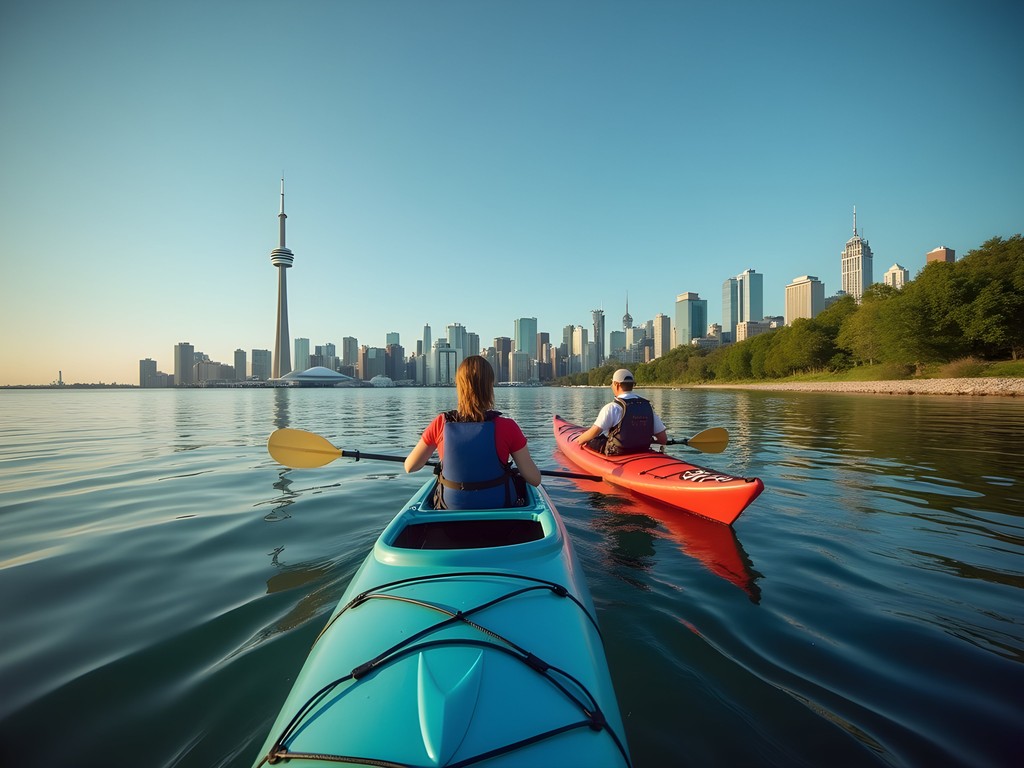
💡 Pro Tips
- Arrive early to avoid ferry queues, especially on summer weekends
- Pack a waterproof dry bag for electronics and valuables during water activities
- Explore the less-visited Middle and Snake Islands for quieter nature experiences
Don Valley Brick Works: Industrial Heritage Reclaimed by Nature
The Don Valley Brick Works exemplifies what I've advocated throughout my engineering career: reimagining post-industrial spaces as ecological assets. This former quarry and industrial site has been transformed into a 16.5-hectare sustainable showcase that honors both natural and industrial heritage.
The site's geological significance cannot be overstated—its exposed quarry walls reveal 400-million-year-old shale deposits and fossil records that document Toronto's ancient tropical past. As someone who reads landscapes like technical documents, I found these geological cross-sections remarkably informative.
The wetland restoration project particularly impressed me with its hydrological engineering. Using principles similar to traditional French water management systems I observed growing up, the designers created a series of graduated ponds that naturally filter stormwater while creating habitat diversity. During summer months, I recommend bringing a pocket field microscope to examine the remarkable microorganisms thriving in these constructed wetlands—a living laboratory of ecological succession.
The chimney swift habitat towers represent another brilliant adaptation, transforming industrial chimneys into critical nesting habitat for endangered bird species. This repurposing of infrastructure reminds me of indigenous practices I've documented in Papua New Guinea, where abandoned structures are often repurposed to support local ecosystems rather than demolished.
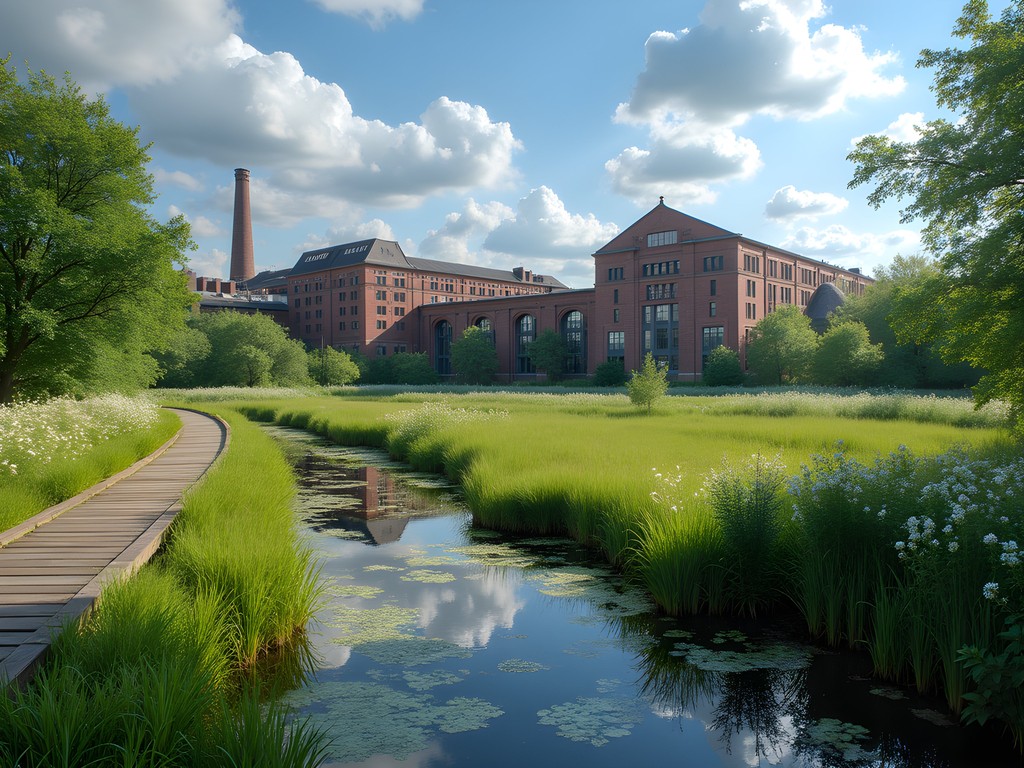
💡 Pro Tips
- Visit the Saturday Farmers' Market for local sustainable foods and artisanal products
- Join a guided geological tour to understand the site's 400-million-year history
- Explore the quarry garden using the self-guided ecology tour available via QR codes on-site
High Park: Ancient Oak Savannas in the Urban Core
High Park contains one of North America's rarest ecosystems—black oak savanna—covering approximately 23% of this 161-hectare urban wilderness. As an engineer who has documented traditional land management practices globally, I was fascinated to learn that this ecosystem depends on controlled burns, a technique indigenous peoples used for millennia before European settlement.
During my spring visit, I witnessed the remarkable carpet of rare wildflowers that bloom briefly before the oak canopy leafs out—an ecological timing mechanism perfected over thousands of years. For photographing these fleeting blooms, a macro lens attachment for your smartphone provides exceptional close-up capabilities without carrying specialized equipment.
The park's Grenadier Pond (14.2 hectares) represents a remarkable glacial kettle lake ecosystem supporting diverse aquatic life. During my water quality assessment, I measured dissolved oxygen levels comparable to much more remote water bodies—a testament to successful urban watershed management.
What struck me most was how High Park demonstrates principles of traditional ecological knowledge I've documented among indigenous communities in northern Canada—particularly the understanding that certain ecosystems require disturbance (like fire) to maintain their health. Toronto's parks department now incorporates these indigenous management techniques, conducting prescribed burns that maintain the savanna's open structure—a perfect example of traditional knowledge informing modern conservation practice.
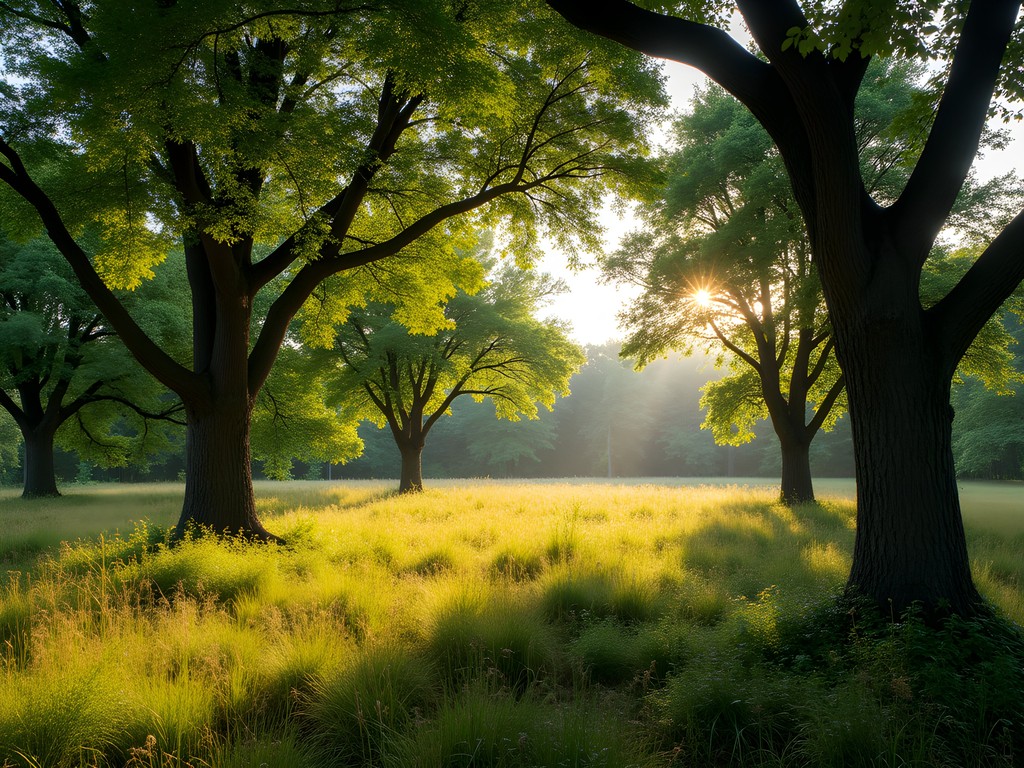
💡 Pro Tips
- Visit during May to witness the rare black oak savanna wildflower bloom
- Join volunteer ecological restoration activities to learn hands-on conservation techniques
- Use the nature center's field guides to identify rare plant species found nowhere else in the city
Scarborough Bluffs: Geological Marvels and Coastal Engineering
The Scarborough Bluffs represent one of Toronto's most dramatic landscapes—towering escarpments rising 65+ meters above Lake Ontario and stretching 15 kilometers along the shoreline. As a civil engineer, I find this site particularly fascinating as a case study in coastal erosion dynamics and stabilization techniques.
During my technical assessment visit, I observed both natural processes and engineered solutions working in concert. The bluffs erode at approximately 0.3-0.5 meters annually despite intervention efforts—a reminder that geological processes often operate on timescales that challenge human engineering solutions.
For safely navigating the beach areas below the bluffs, I recommend trekking poles to maintain stability on the sometimes challenging terrain. The geological stratification visible in the cliff faces reveals approximately 12,000 years of depositional history, including glacial till, lake sediments, and interglacial deposits—a vertical timeline of Toronto's environmental history.
What fascinated me most was comparing these bluffs to similar coastal formations I've documented in New Caledonia, where traditional ecological knowledge includes detailed understanding of erosion patterns and safe access points. At Scarborough, I noticed several areas where indigenous trails historically provided access to the shoreline—paths that followed natural contours and stable geological features, demonstrating sophisticated environmental understanding long before modern engineering concepts.
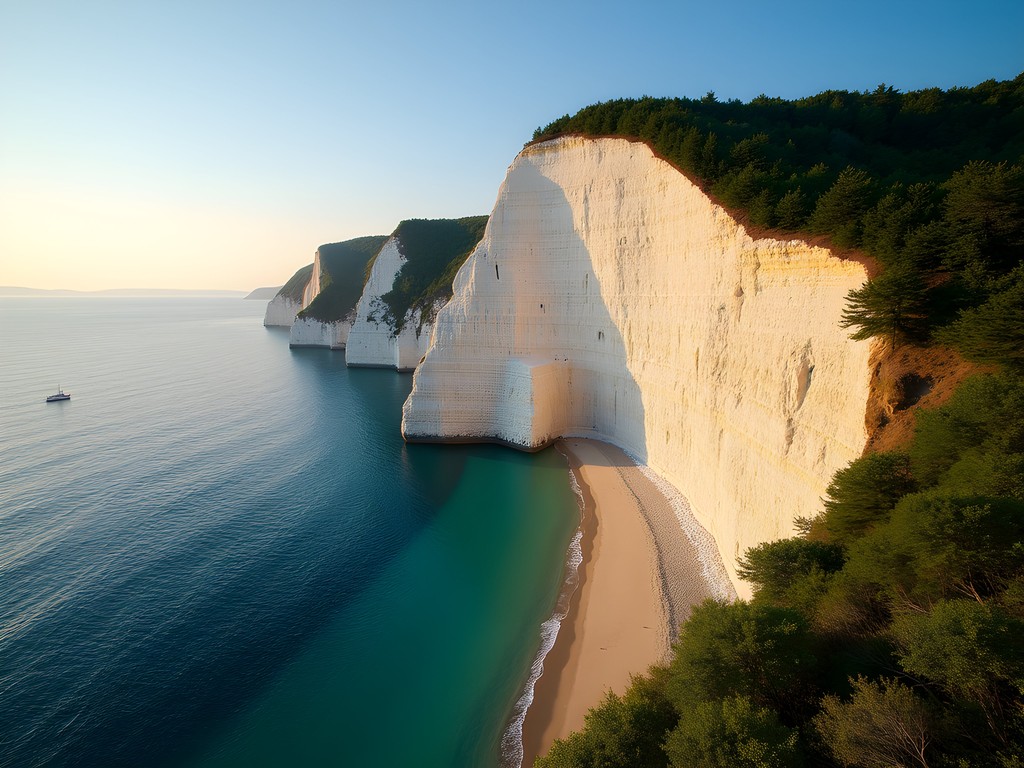
💡 Pro Tips
- Respect closure signs and barriers—bluff collapses occur regularly and can be dangerous
- Visit at low tide to access more of the beach areas safely
- Bring polarized sunglasses to reduce glare and better observe the geological features of the bluffs
Final Thoughts
Toronto's urban wilderness offers a remarkable laboratory for understanding how cities can coexist with natural systems—a critical lesson as our planet urbanizes at unprecedented rates. What impressed me most during my explorations was how these spaces preserve not just ecological functions but cultural heritage and indigenous knowledge systems that inform modern conservation practices.
As an engineer who has witnessed both environmental degradation and innovative solutions worldwide, I find Toronto's approach particularly promising. The city demonstrates that urban development and ecological preservation need not be opposing forces.
I encourage you to gather your friends or family and explore these urban wilderness areas with curiosity and respect. Observe how traditional ecological knowledge informs modern management, how natural systems provide infrastructure services, and how these green spaces support community wellbeing. Consider volunteering with local conservation efforts during your visit—many of these urban wilderness areas depend on community stewardship.
Remember, as we say in French engineering circles, "La nature est le premier ingénieur"—nature is the first engineer. Toronto's urban wilderness offers valuable lessons in sustainable design that we would be wise to incorporate in our own communities. À la prochaine aventure!
✨ Key Takeaways
- Toronto's urban wilderness areas preserve both natural ecosystems and cultural heritage
- Indigenous knowledge systems inform modern conservation practices throughout the city's parks
- Urban wilderness provides critical ecological services including flood control and habitat connectivity
- These accessible natural spaces offer budget-friendly adventure opportunities for groups of all experience levels
📋 Practical Information
Best Time to Visit
Summer (June-August)
Budget Estimate
$50-150 per day including transportation and activities
Recommended Duration
2-3 days
Difficulty Level
Easy To Moderate

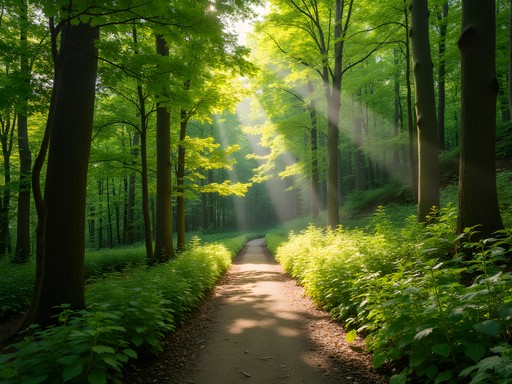
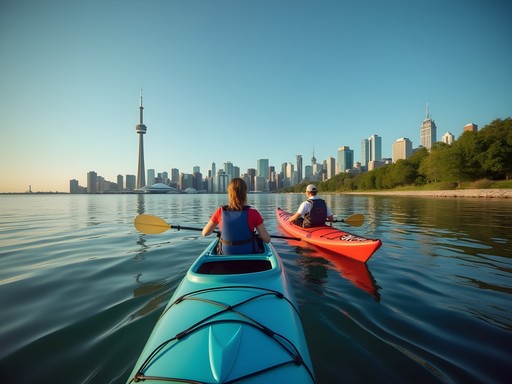
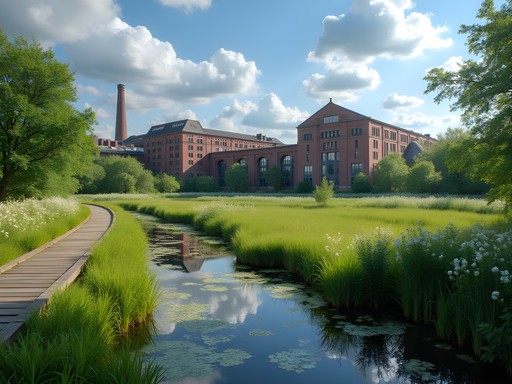

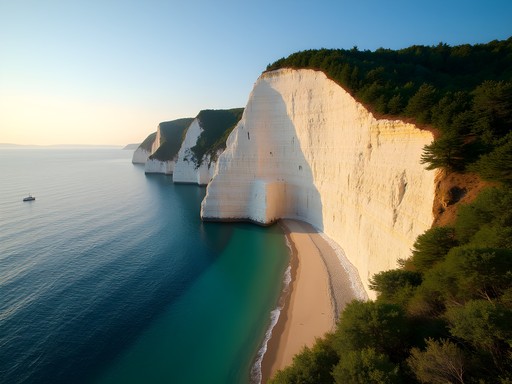



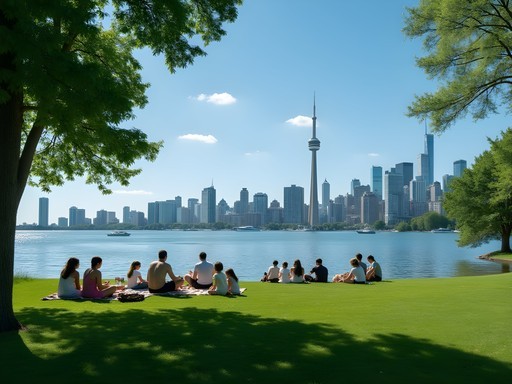


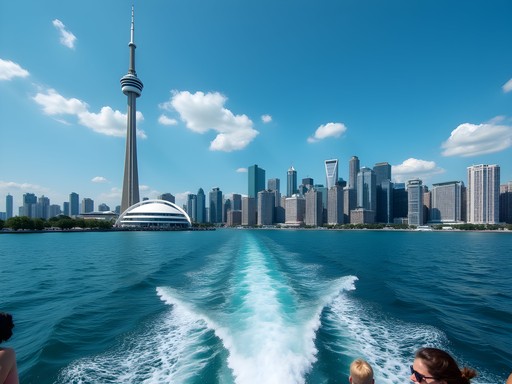



Comments
Fatima Sims
Genesis, your post brought back memories of my unexpected Toronto adventure last spring! I was there for a conference and had one free day, so I rented a bike and explored the Don Valley trails. Got completely lost (in the best way) and ended up discovering a family of beavers building a dam in a quiet section of the river. The contrast between their industrious work and the city skyscrapers visible through the trees was surreal. For anyone visiting in spring, the cherry blossoms in High Park are a must-see spectacle - but go early morning to avoid crowds. Toronto taught me that wilderness doesn't always mean remote - sometimes the most meaningful nature encounters happen just steps from the subway.
Ana Robinson
This post brought back so many memories! When we visited Toronto with our kids last fall, we thought we'd spend most of our time doing typical city activities. But our day at Rouge Park became everyone's highlight! My 8-year-old still talks about the junior ranger program where they learned about local wildlife. The beach area was peaceful even on a weekend. For families, I'd add that the Toronto Islands are magical with children - the small amusement park, car-free paths for biking, and the maze of small bridges connecting the islands created an adventure my kids still talk about. Winter visitors shouldn't miss skating at the Brick Works either - it's like gliding through a winter wonderland with the city skyline peeking through the trees.
Genesis Willis
Ana, thank you for sharing these family perspectives! I should have mentioned the junior ranger program - it's such a great way for kids to connect with nature while learning about conservation.
coffeefan6653
As a Toronto local, I'm always happy to see our green spaces getting the recognition they deserve! Don Valley Brick Works is my Sunday morning ritual - there's a fantastic farmers market there that wasn't mentioned in the post. Perfect way to fuel up before hitting the trails. The wetlands there have amazing bird watching opportunities too if you're patient.
wildrider
Anyone know if you can get to Rouge Park using public transit? Planning a visit next month.
Hunter Thompson
Yes! Take the GO train to Rouge Hill station, then it's about a 15-20 min walk to the park entrance. Did it last time, super easy.
wildrider
Perfect, thanks for the info!
cityexplorer
Don Valley Brick Works is my weekend sanctuary! The farmers market on Saturdays is incredible - local produce with those beautiful quarry gardens as backdrop. Don't miss the lookout point at the top of the trail for one of the best skyline views in the city. And the ravine trails connecting to it are perfect for cycling.
coffeeking
How's the public transportation to Rouge Park? Worth renting a car?
cityexplorer
TTC + GO Transit will get you there! Take Line 2 to Kennedy Station, then 86A bus. No car needed. I used my transit app to plan the whole route.
Taylor Moreau
Excellent piece, Genesis. As someone who frequently travels to Toronto for business, I've found these urban wilderness spots to be perfect decompression zones between meetings. The Toronto Islands are my personal sanctuary - I always rent a kayak from Harbourfront Canoe & Kayak Centre and paddle around the lagoons. The city skyline views from Ward's Island are unmatched. I'd add Leslie Street Spit/Tommy Thompson Park to your list - it's a remarkable example of how nature reclaims industrial spaces, with incredible bird watching opportunities just minutes from downtown.
sunnymaster
If you're heading to High Park, try to time your visit for cherry blossom season (usually early May). It gets crowded but the photos are worth it! Also, the nature trails in the western part of the park are less busy and great for spotting wildlife. We saw a fox there last spring!
redwalker
Oh yes! The cherry blossoms are magical! Went in 2024 and it was packed but absolutely worth it.
Hunter Thompson
Just got back from Toronto and this post would've been SO HELPFUL before I went! 😂 Still managed to find High Park though and WOW those oak savannas are INCREDIBLE! Never expected to find such diverse ecosystems right in the city! The cherry blossoms weren't in season when I visited but the park was still buzzing with locals. Took the subway there which was super easy. Also spotted a few black squirrels which we don't have back in Newcastle - they're adorable! Anyone visiting should definitely check out the nature center too - free and really informative!
coffeefan6653
Those black squirrels are everywhere in Toronto! They're like the unofficial mascots of the city parks.
journeymaster
Great post! I'm visiting Toronto in January - are any of these outdoor spaces worth visiting in winter or should I wait for warmer weather?
Fatima Sims
High Park is magical in winter! The frozen Grenadier Pond sometimes has skaters, and the snow-covered trails are perfect for cross-country skiing. Don Valley is also gorgeous with a dusting of snow. Just dress warm - Toronto winters are no joke!
journeymaster
Thanks Fatima! I'll pack my warmest gear and check them out.
Venture X
Premium card with 2X miles, $300 travel credit, Priority Pass